The British Committee for the Reunification of the Parthenon Marbles responds and justifies the reunification of the sculptures from the Parthenon.

In response to Jeremy Paxman, The Telegraph, 25/10/14
27 October 2014
The Elgin Marbles belong in Britain, Mrs Clooney
Sir,
Please allow me to respond to just some of Mr Paxman's most egregious excesses. He suggests that Elgin saved these works of art from a fate as building rubble. He must know that it was standard practice until very recently for older buildings to be raided for building materials. The foundations of the Parthenon itself were recovered from a predecessor temple. However I am not aware that the Parthenon itself was so raided, nor that Mary Beard said so. The Parthenon and its sculpted elements are a single artistic entity. Their integrity is compromised as long as they are divided. Clearly the sculptures can no longer be replaced on the building, but the Acropolis Museum is unique in being the only place where these sculptures can be viewed in line of sight with the Parthenon itself.
UNESCO recognises the Parthenon's exceptional importance not only with World Heritage Status but by basing its own logo on it. We campaign only for this single restoration. It is surely unique. It offers no precedent for other returnist demands.
Finally, our case has nothing to do with the legitimacy or otherwise of Elgin's acquisition of his collection. After such a passage of time and change we believe that it is impossible to get a conclusive judicial determination, either way. Anyway to us a legal determination would be unworthy of the case. The moral and cultural case for reunification is overwhelming and enough.
Sincerely,
Eddie O'Hara
Chairman, the British Committee for the Reunification of the Parthenon Marbles
In response to Dominic Selwood, The Telegraph 22/10/14
The 7th Lord Elgin: hero or villain
22 October 2014
Sir,
Dominic Selwood's article was interesting not least because it is rare nowadays to find someone defending the 7th Lord Elgin in such detail. However his article is littered with inaccuracies and categorically stated non-truths which require correcting, and contentious opinions which deserve a response. Perhaps in the interests of fairness you might give us space in your columns to reply in full. For the moment however let us just point out:
1. Whether or not Elgin "rescued" these sculptures, that is no excuse for holding on to them now;
2. The Greeks fought their war of independence in the name of Hellenism, a concept and a spirit preserved and transmitted through their language throughout centuries of conquests and occupations;
3. The Parthenon is a monument of unique significance not just for Greece but for western civilisation;
4. It is fixed monument and it is in Greece;
5. The sculptures are integral architectural elements of it;
6. Both the Parthenon and it's other sculpted elements lack artistic integrity while they are separated;
7. Admittedly, the sculptures can no longer be re fixed to the Parthenon or indeed displayed anywhere in the open. However in the glass walled Parthenon Gallery of the magnificent Acropolis Museum, glassed walled and in line of sight of the Parthenon, and only there, they can be viewed simultaneously with the building to which they belong. Thus the case for reunification of the Parthenon marbles is not a legal one about rights of ownership, current or historic, but cultural and ethical. The onus of justification should be on those who resist restoring the integrity of the sculptures from the Parthenon - the Parthenon a UNESCO World Heritage monument, the very emblem of UNESCO itself.
Sincerely
Eddie O'Hara
Chairman, British Committee for the Reunification of the Parthenon Marbles
In response to Nathalie Haynes, The Independent, 14/10/14
14 October 2014
Would returning the Elgin Marbles be the thin end of the repatriation wedge?
Sir,
Let us start with where Natalie Haynes is correct: Yes, the British Museum did acquire the Parthenon marbles in good faith. Yes, the 7th Lord Elgin was a chancer. He exploited Nelson's victories over Napoleon's navy to seek personal favours as British Ambassador to the Ottoman court. He exceeded his licence from the Ottoman authorities to collect bits and pieces ("qualche pezzi di pietra") lying around on the acropolis. His purpose was to adorn his country home. He displayed his collection for profit and only sold it to the nation in a fire sale when his wife divorced him and took her money with her. His actions were criticised at the time, not least by Lord Byron, as plunder and vandalism. Now to where Natalie is wrong: the Duveen gallery is a relative dungeon where the marbles are displayed inside out compared with the glassed walled Parthenon Gallery gallery of the Acropolis Museum where they are displayed in the correct configuration AND in line of sight with the Parthenon itself. That they are a jewel in the crown of the British Museum is no more relevant than the fact that the Boscotrecase frescoes are such to the Metropolitan Museum of Art. It does not justify their presence there. The question is: should the aesthetic integrity of the sculpted elements of the Parthenon, a UNESCO World Heritage site, the most important such site in Europe and the very emblem itself of UNESCO, remain impaired by their display in two museums 2,500 miles part?
The overwhelming verdict of public, academic and professional opinion, when it is canvassed, is overwhelmingly 'No'. Would it be the thin end of the wedge? Hardly likely. The ethical and cultural case for this reunification is overwhelming and unique. Not much precedent there.
Eddie O'Hara
Chairman, The British Committee for the Reunification of the Parthenon Marbles
In response to the Leading Articles in The Times 14/10/14
No Losing the Marbles, The Parthenon sculptures should remain at the British Museum
14 October 2014
Whose marbles are they anyway?
Sir,
Where to start with the errors and misconceptions in your leader on the sculptures of the Parthenon? Perhaps with that, their correct description. They are integral, sculpted architectural elements of the Parthenon, sawn off by Elgin's agents who thereby mutilated and destroyed the artistic integrity of what is now recognised as the prime UNESCO World Heritage Monument in Europe, in fact the very emblem itself of UNESCO. He did not have the "keen agreement" of the Ottoman authorities but far exceeded the licence which they had given him to remove "qualche pezzi di pietra" lying on the ground. His actions were criticised at the time, not least by Lord Byron as both plunder and vandalism. Nor was this an expensive act of altruism. He wanted them to adorn his country home, displayed them initially for profit and sold them to the nation only when he was bankrupted by the consequences of his divorce. Your comparison with the Folger collection of First Folios is also misconceived. Folger was a collector of copies of books which were originally published as editions for the open market. His service to the world is to have collected and preserved them for public view and study. Nor is it the case that Greek politicians have been interested in these sculpted pieces only since the 1980s. There is published evidence of demands for their return from the very inception of the modern Greek nation state.
Finally it is specious to say that some of these sculptures are in the Louvre. The Louvre has one metope and one slab of the frieze. The BM has 15 metopes, a major portion of the pediments and over 50% of the surviving length of the frieze. Successive polls of professional and public opinion have overwhelmingly supported the reunification of the sculptures of the Parthenon.
Britain is shamed in the eyes of millions of visitors from around the world when they see the ghostly representations in the magnificent Acropolis Museum of the pieces absent in London. It is time for the British Museum and the British Government to open their eyes, raise their sights and respond appropriately. And, please, no more cheap jibes about losing our marbles.
Sincerely
Eddie O'Hara
Chairman, British Committee for the Reunification of the Parthenon Marbles

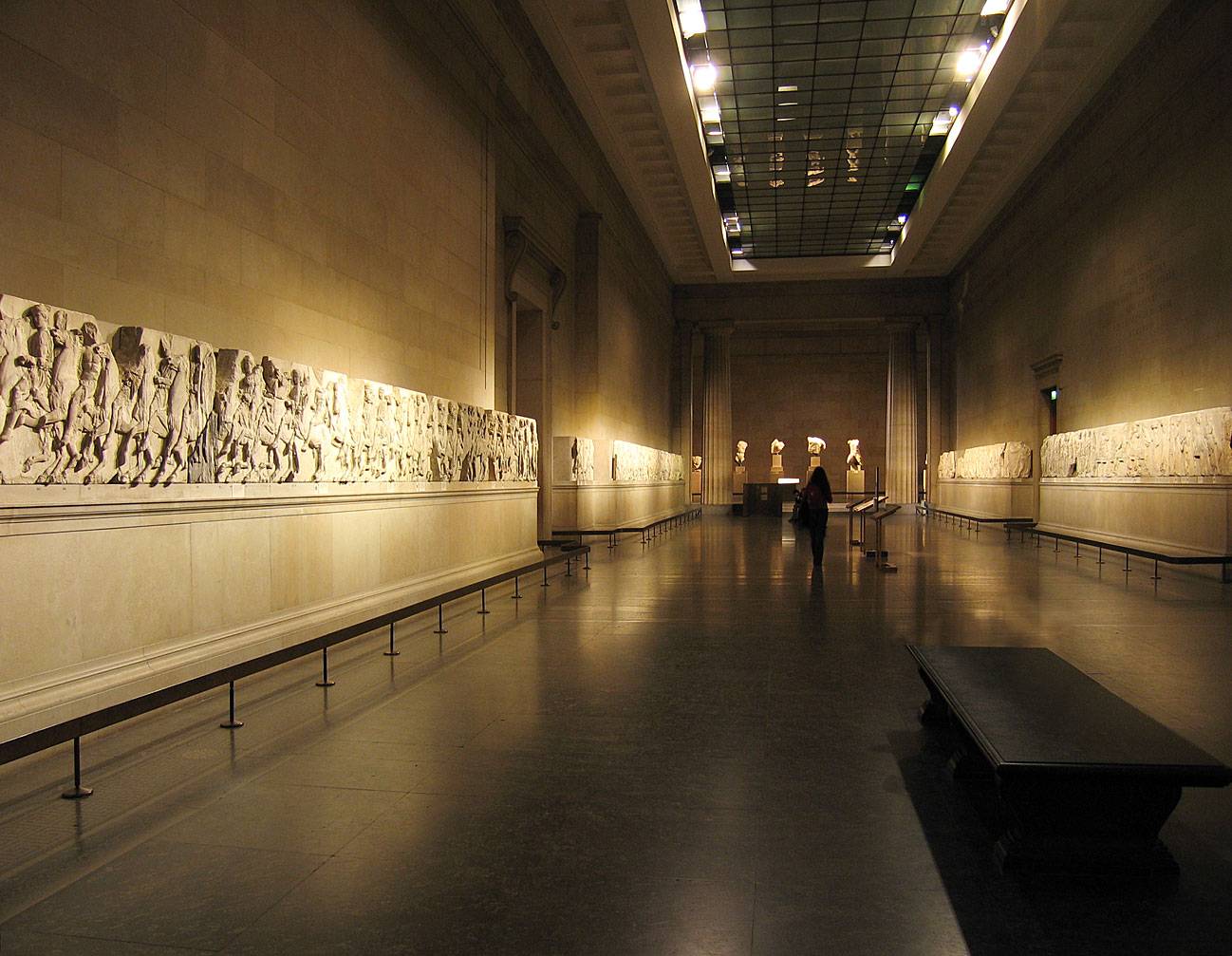
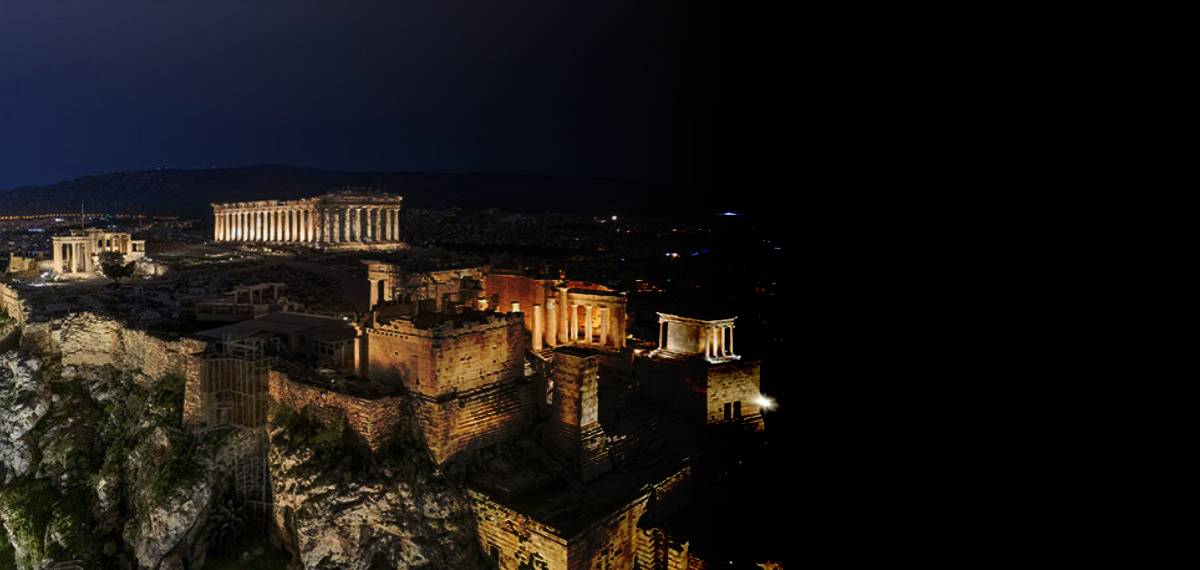
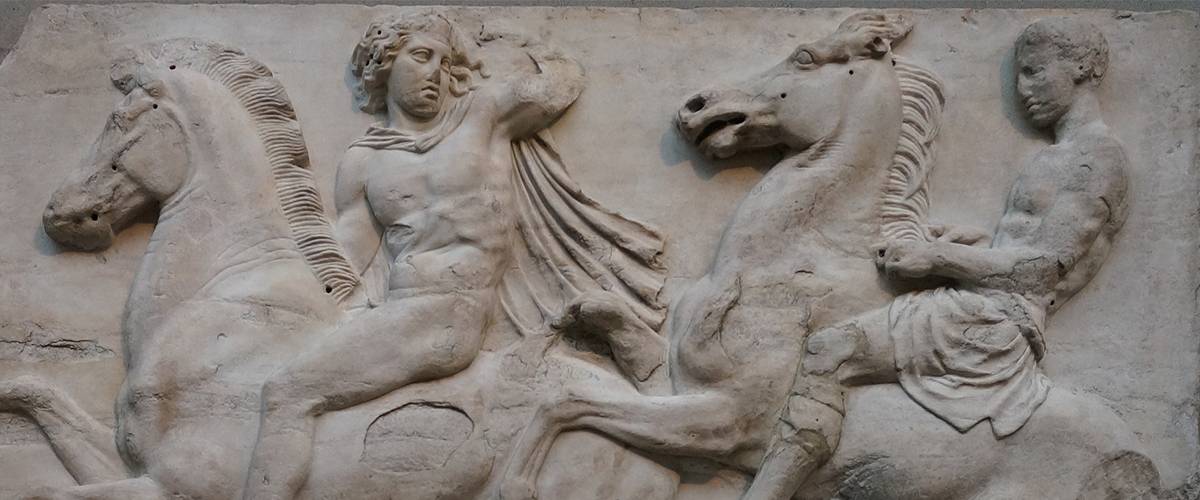

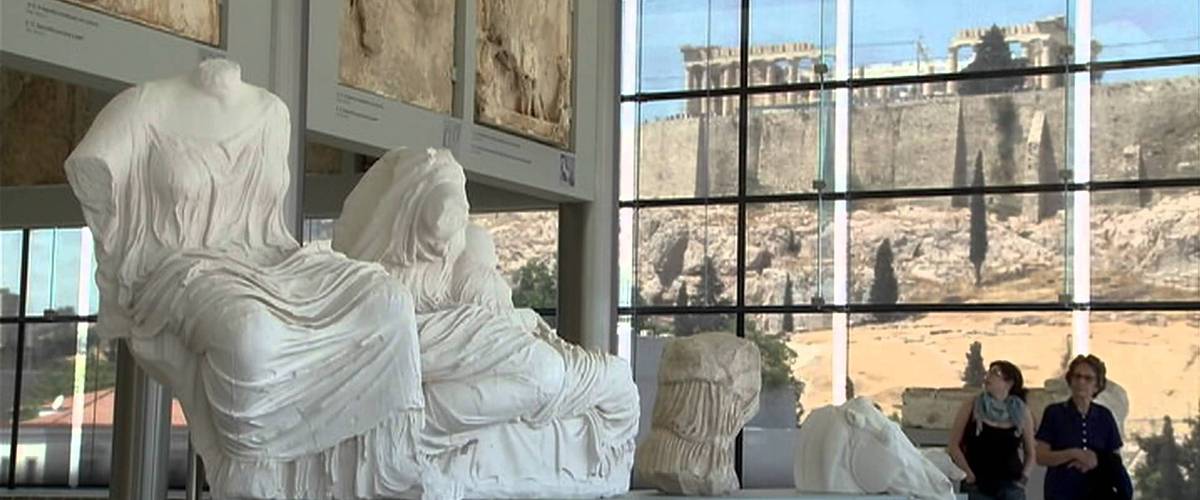
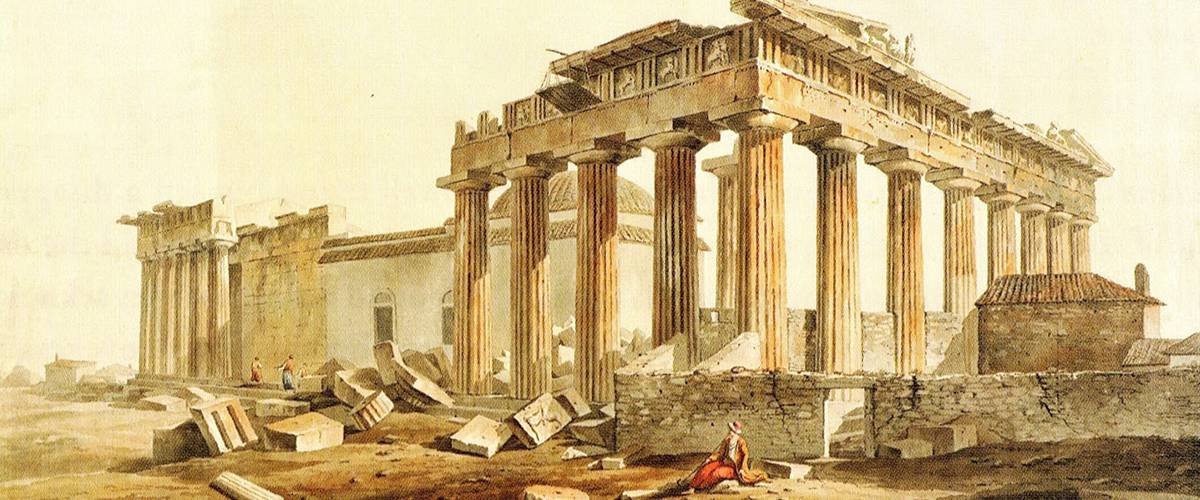
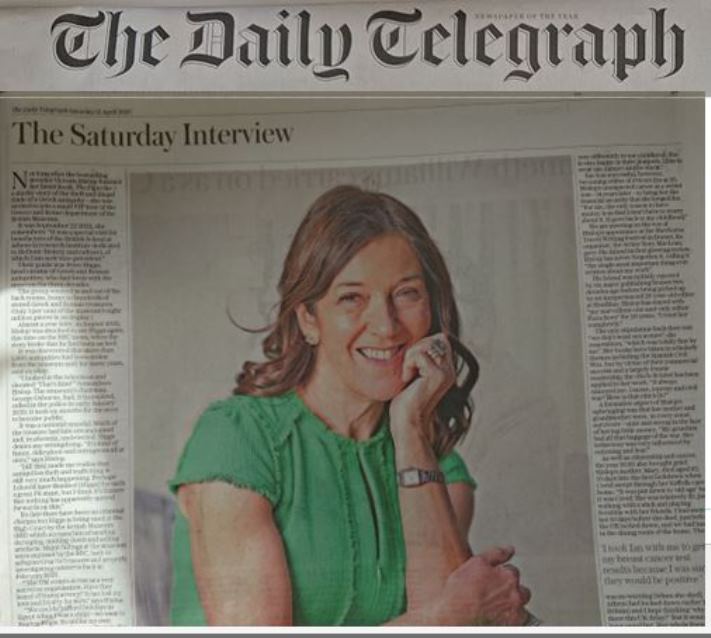
Comments powered by CComment